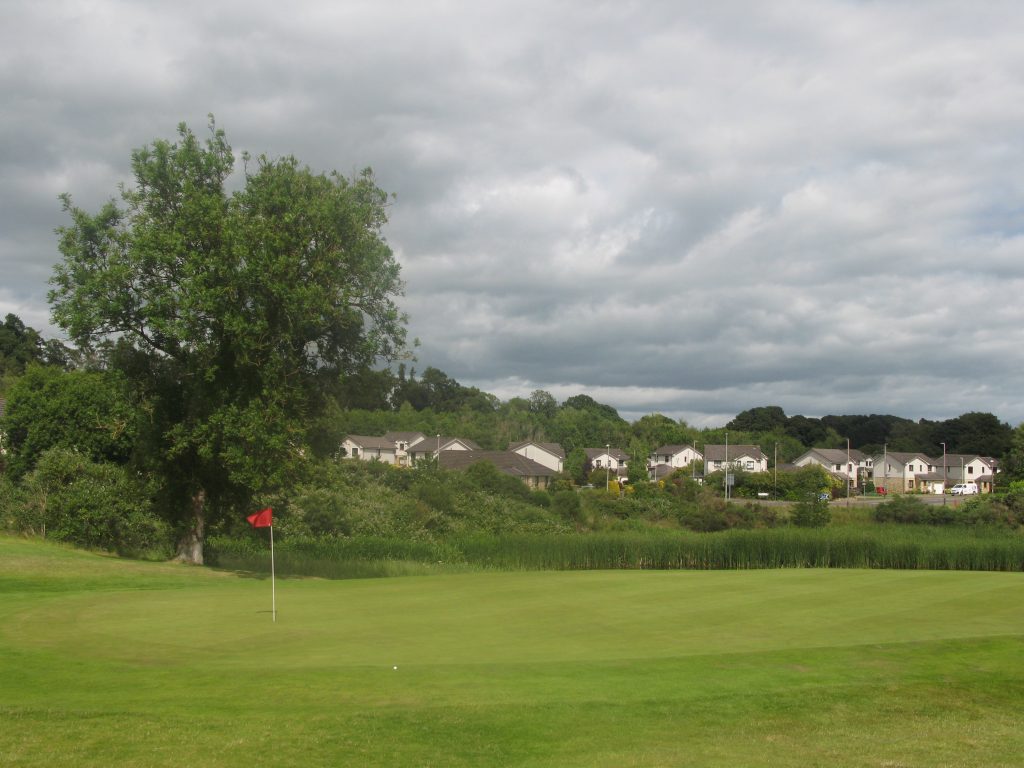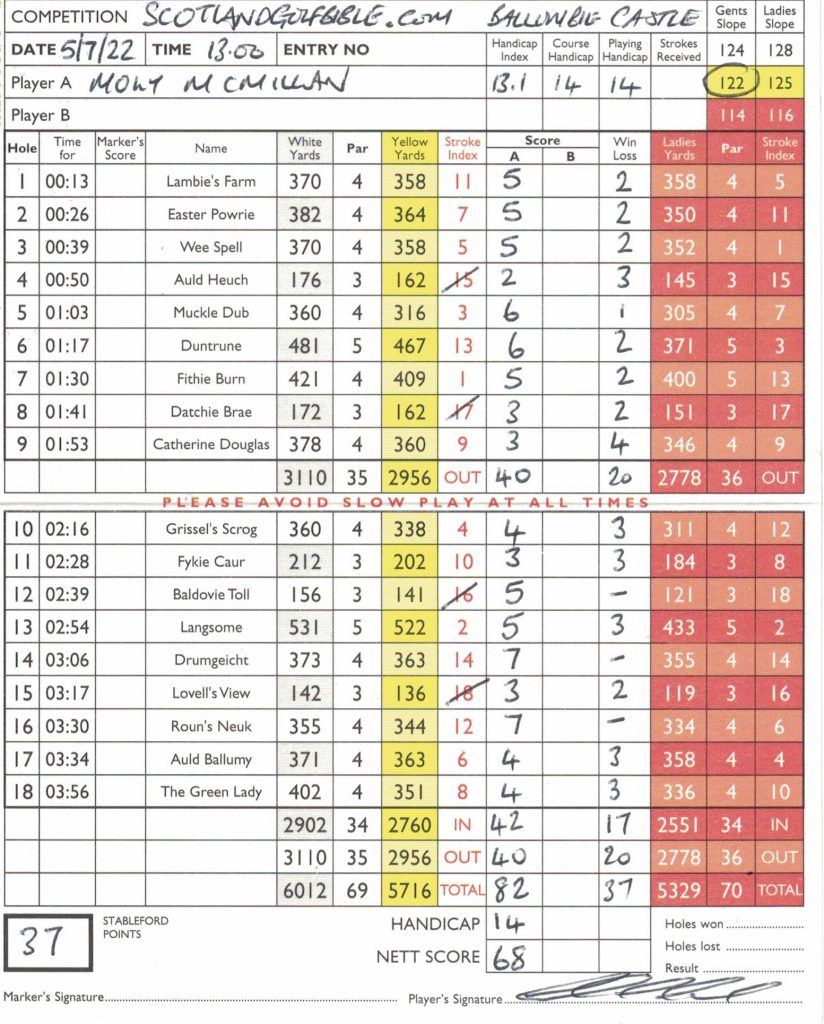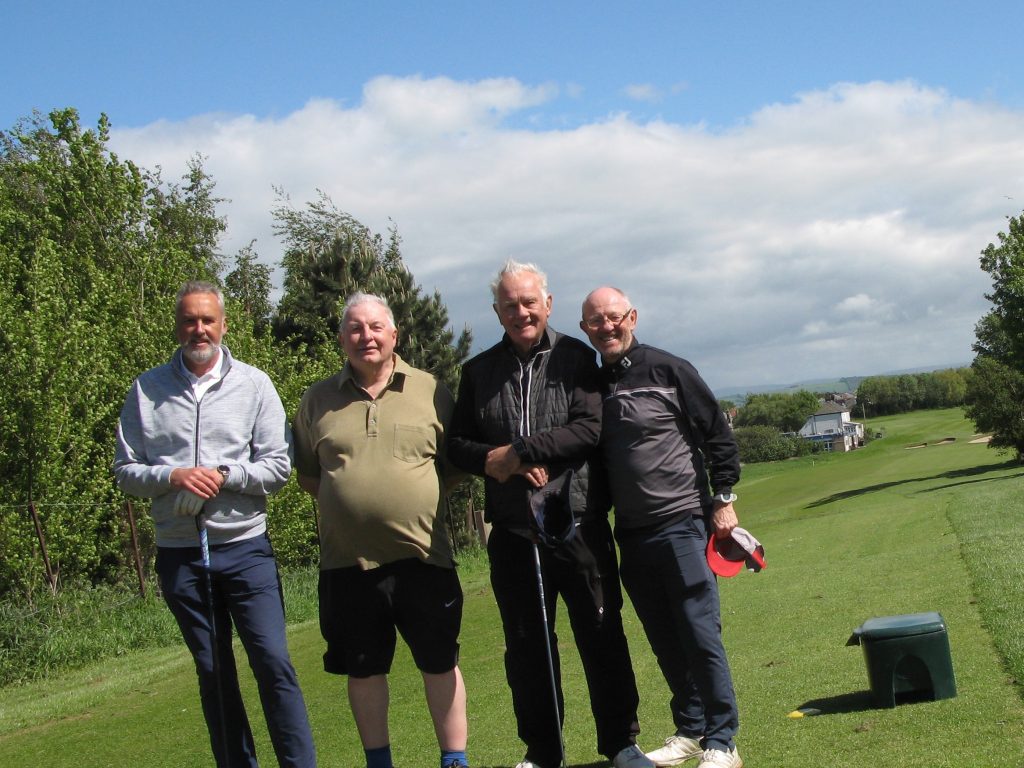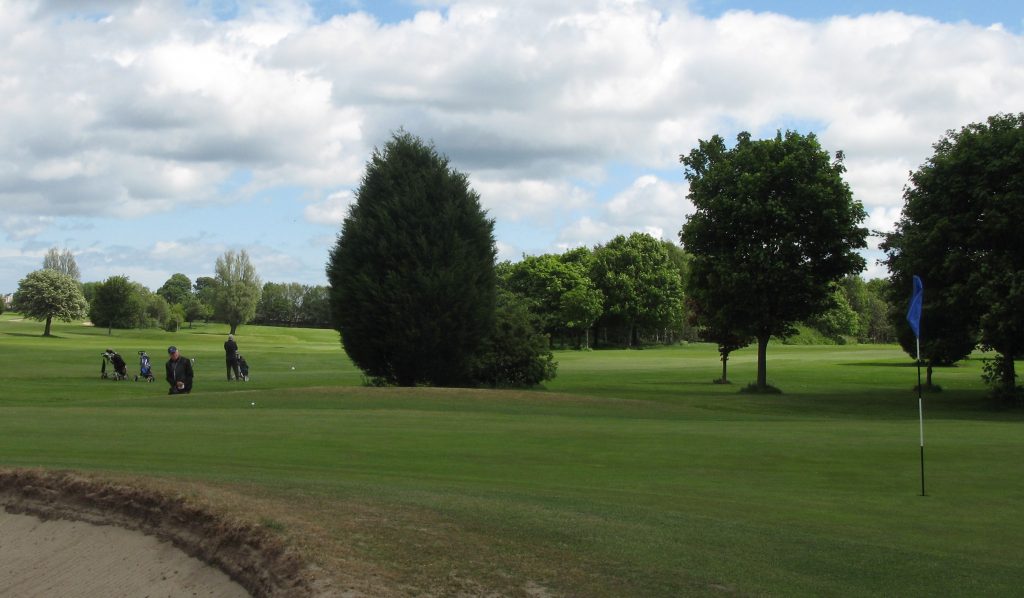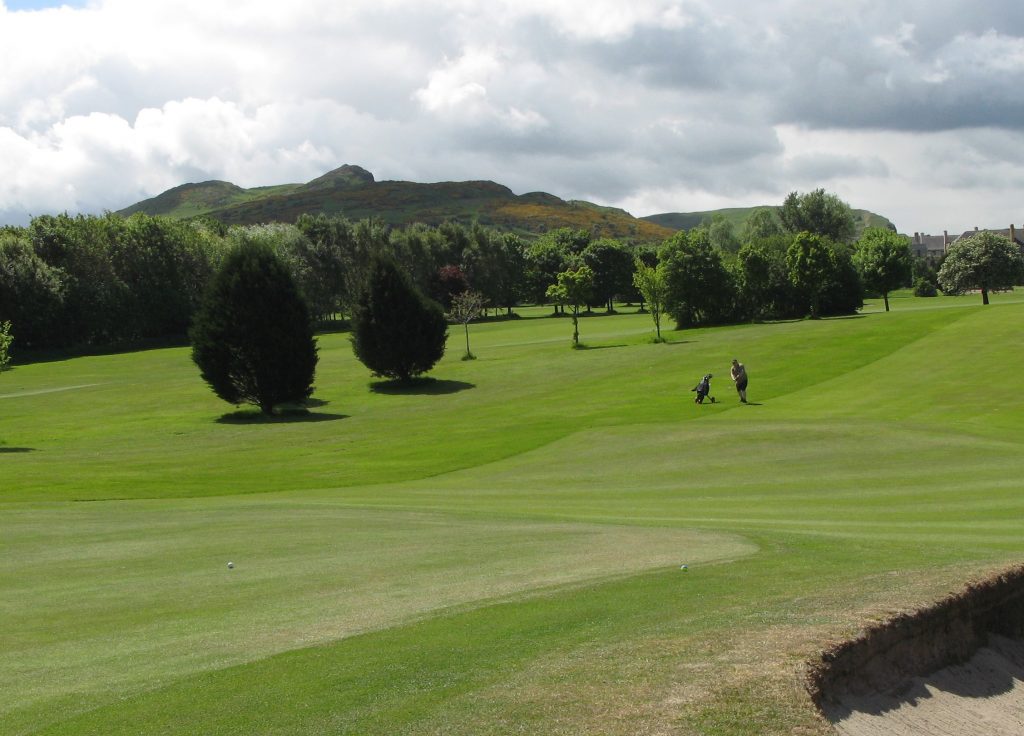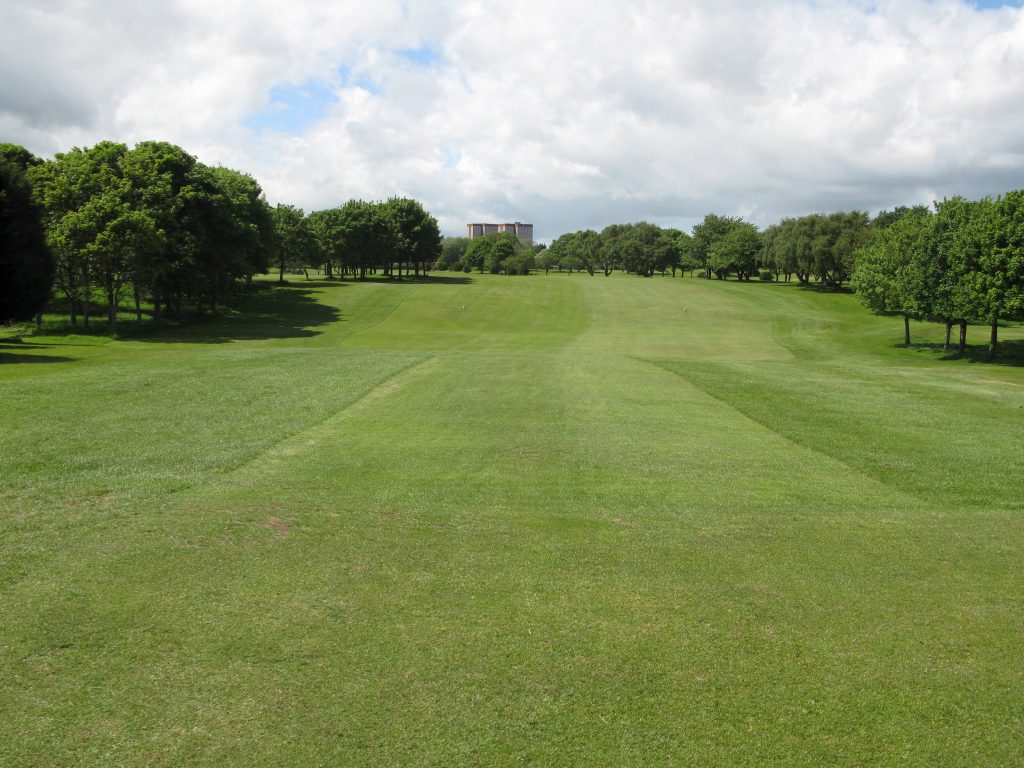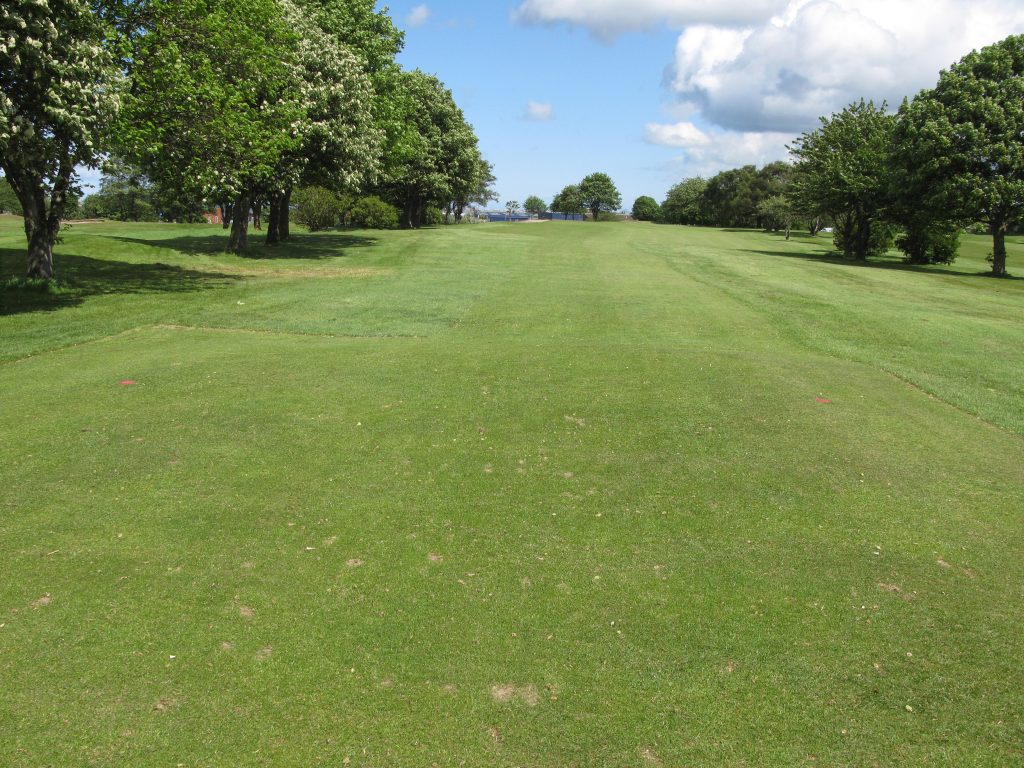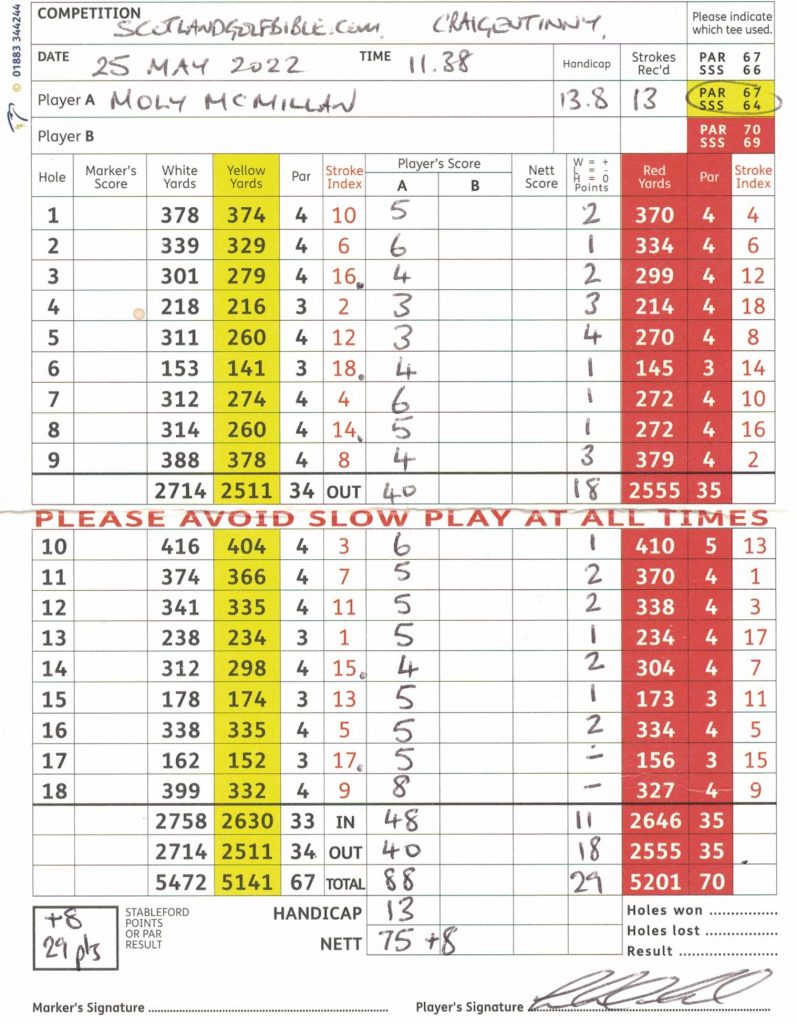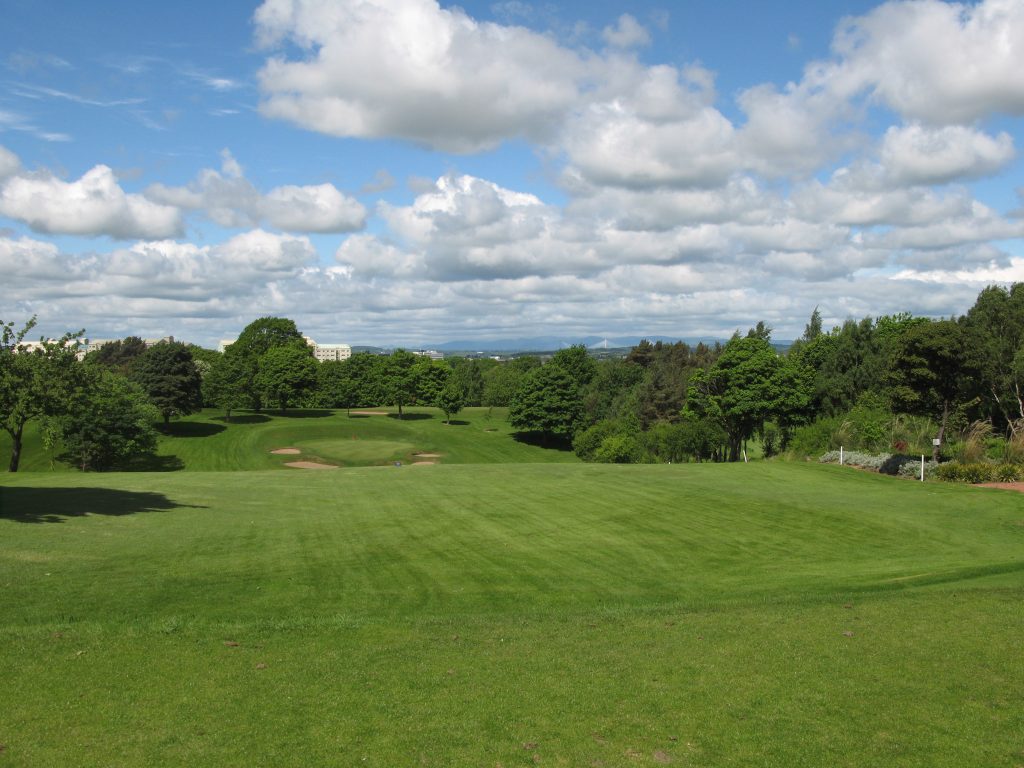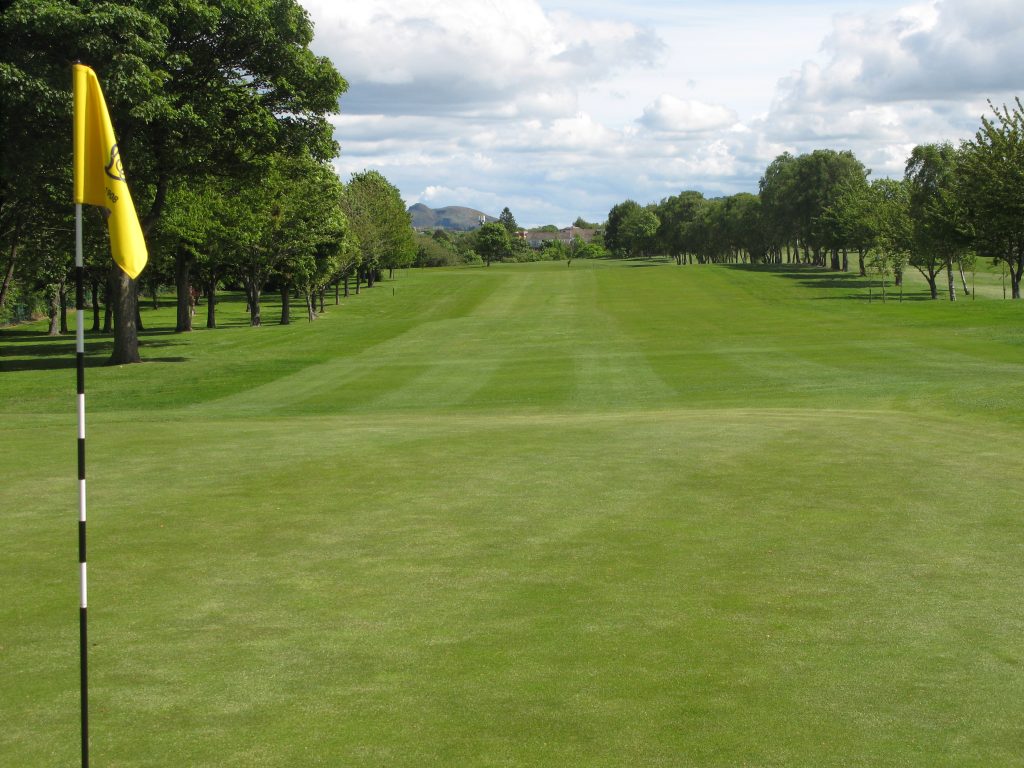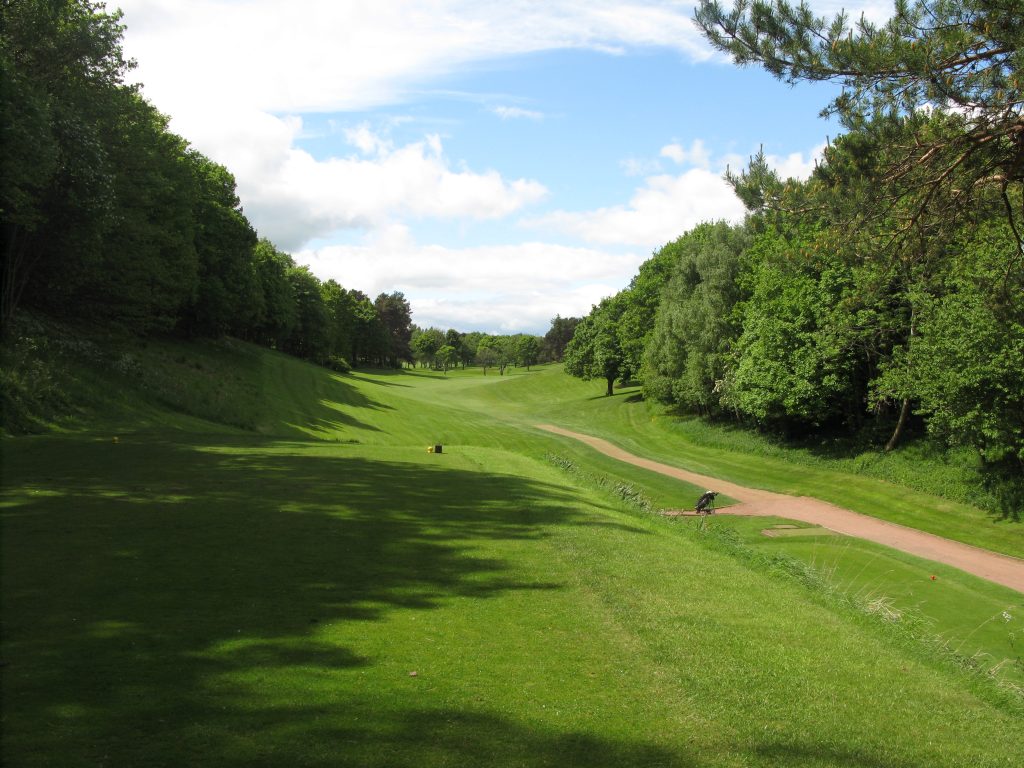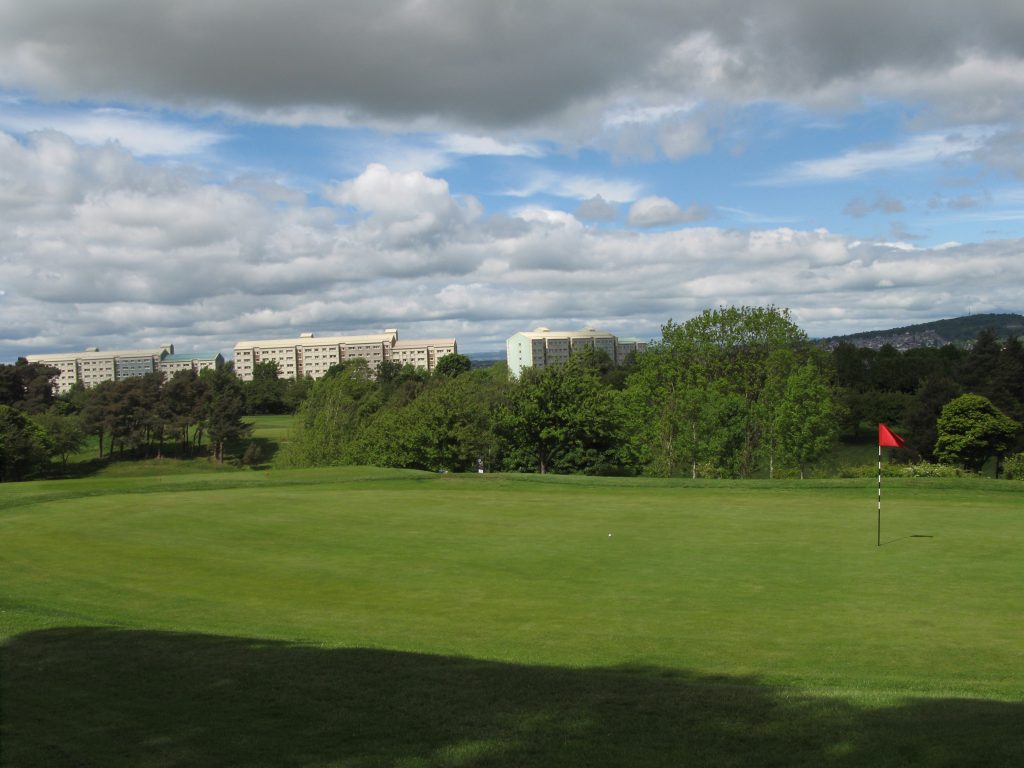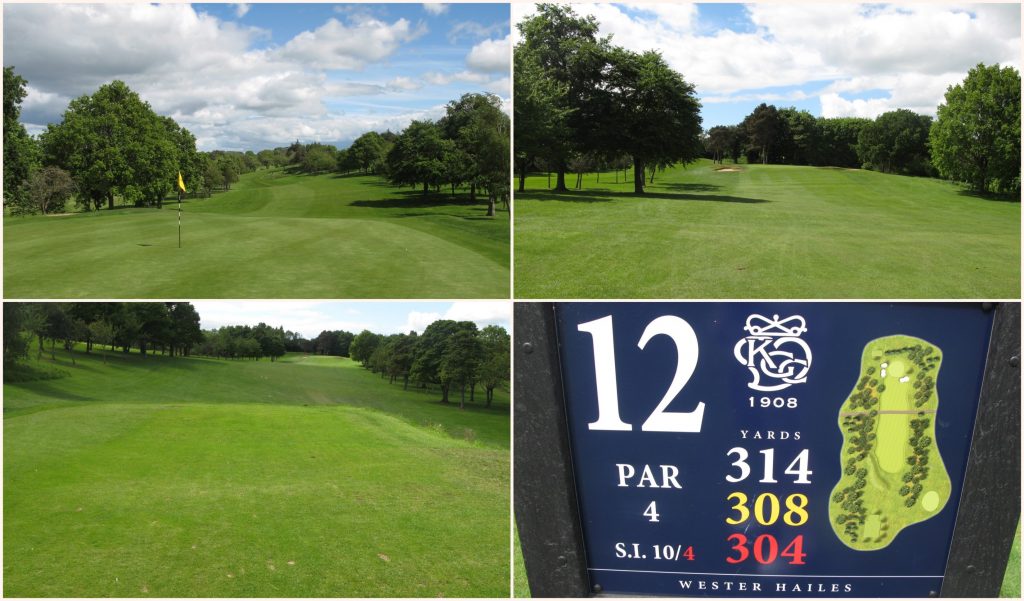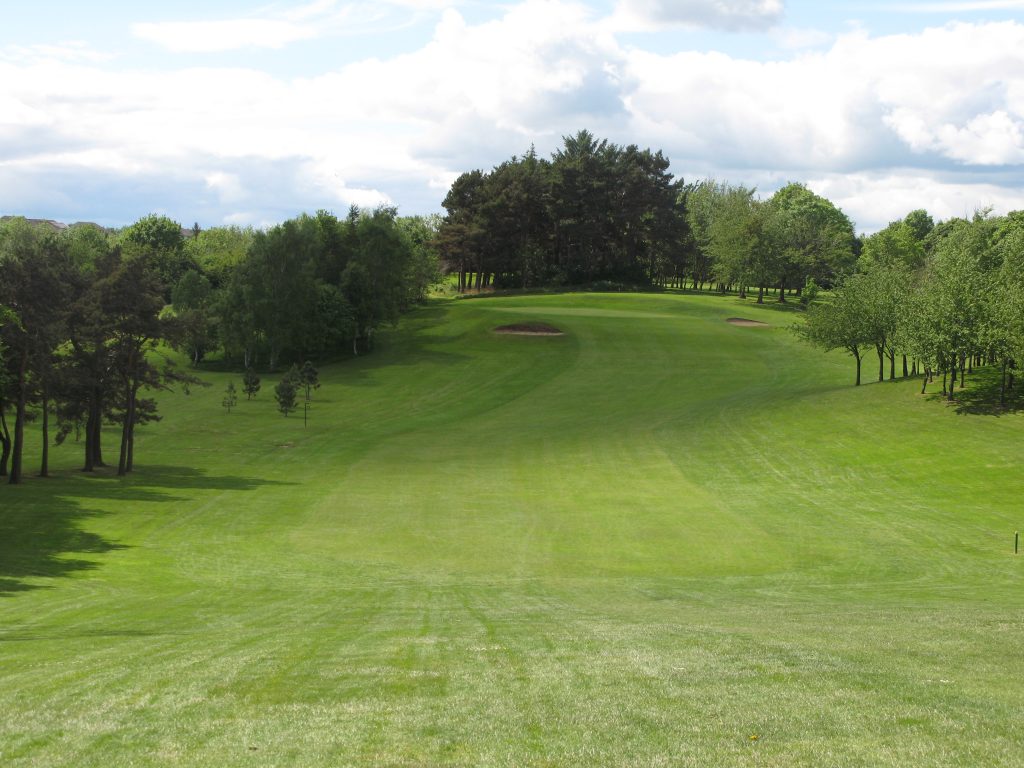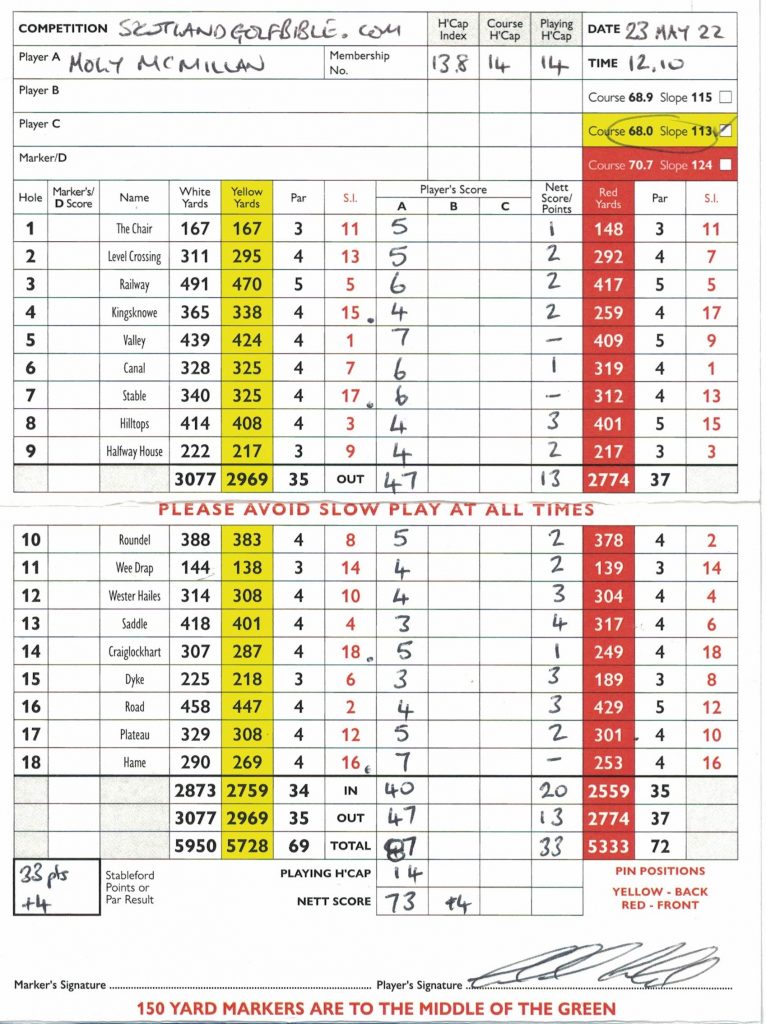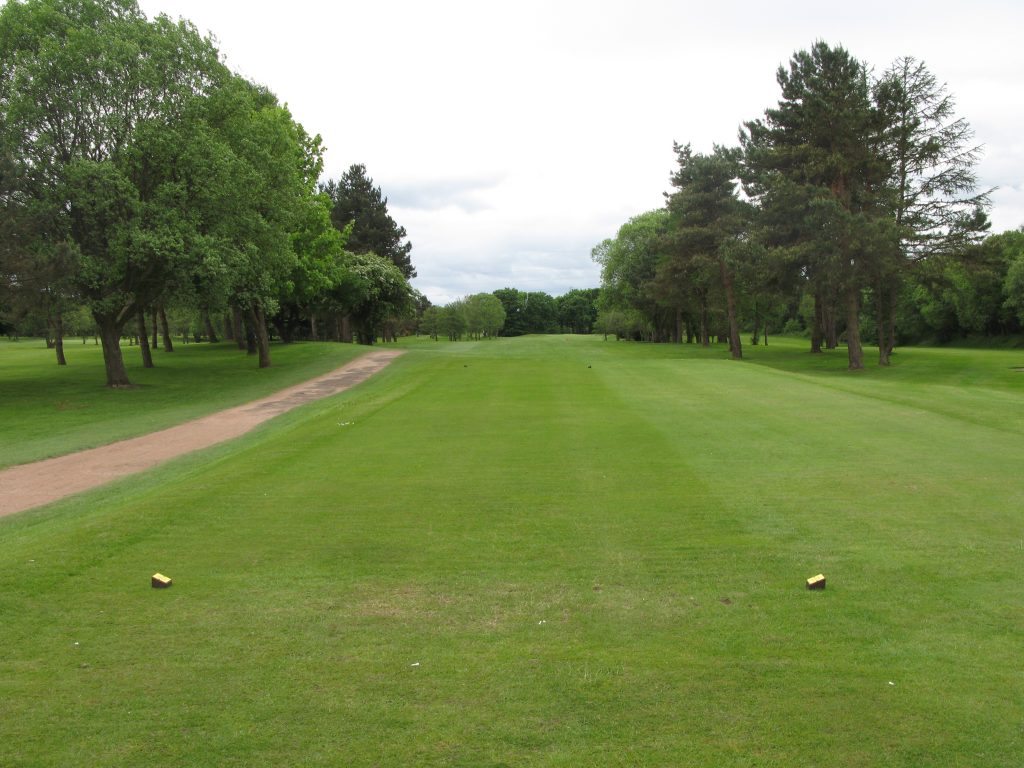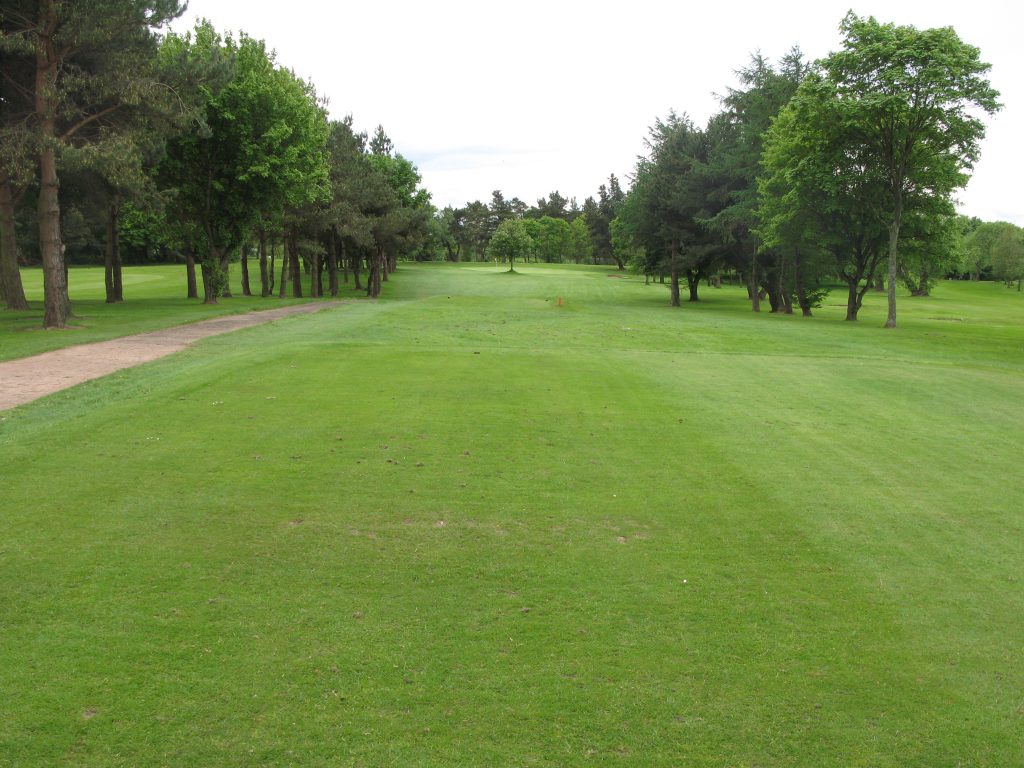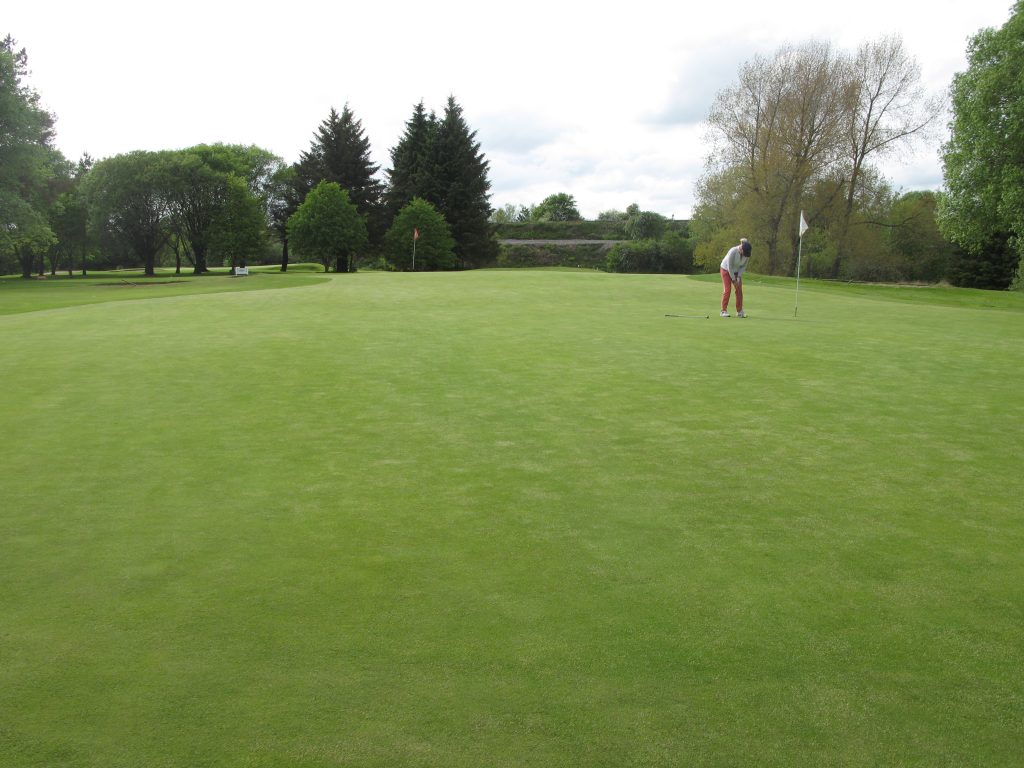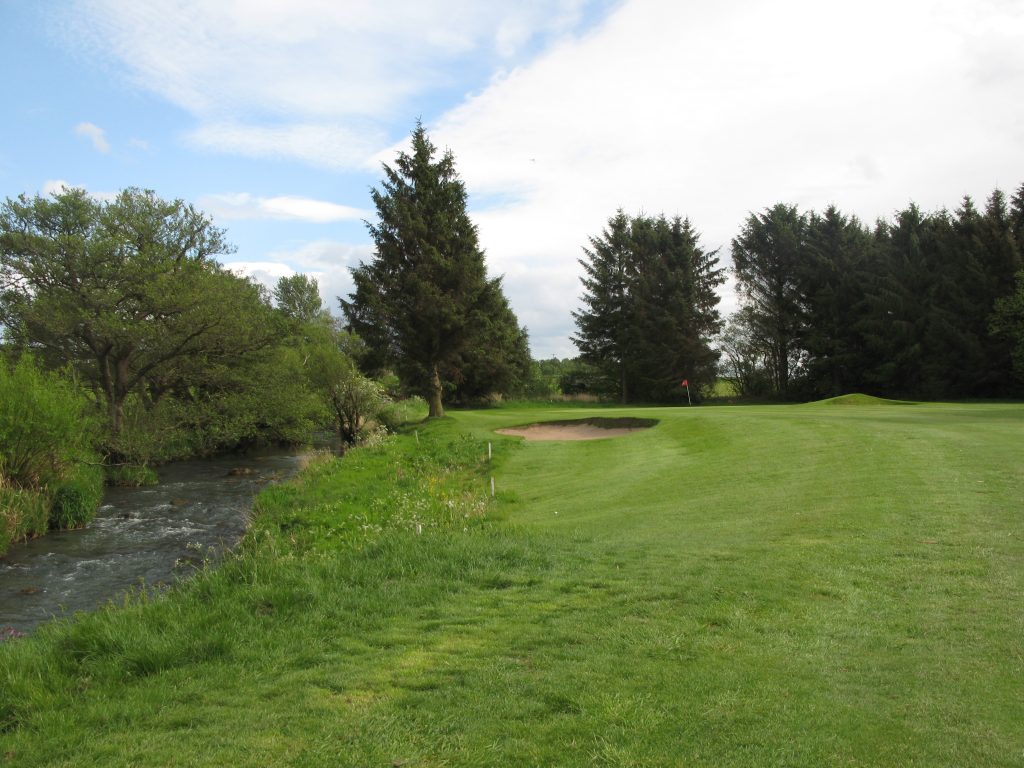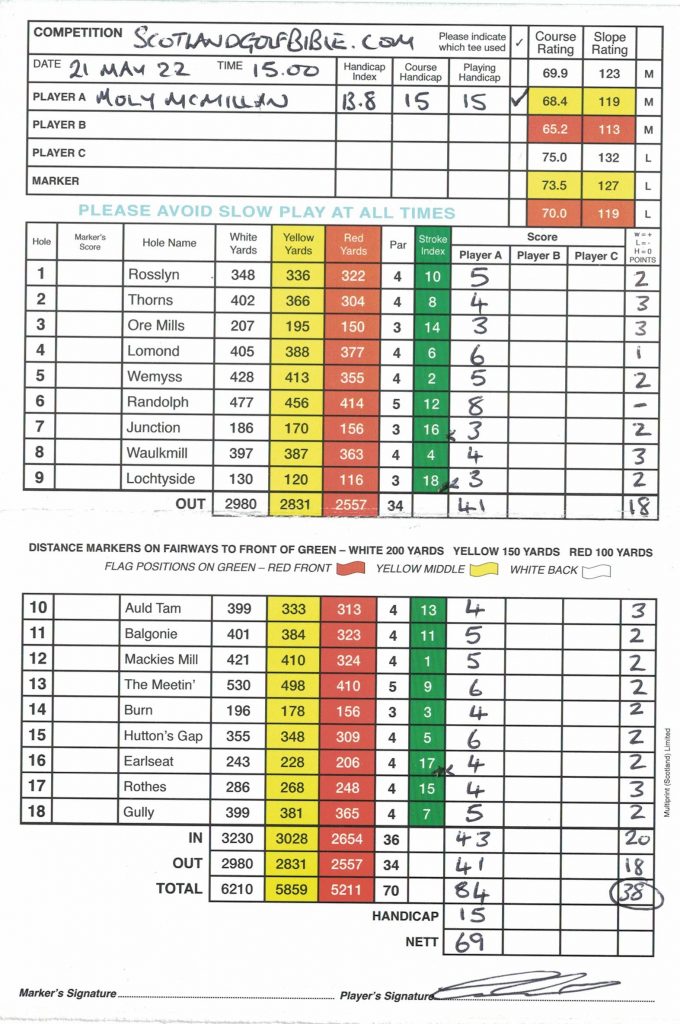Perennial struggle for Ballumbie Castle
Round £25. Par 69. Course Rating / Slope Rating (yellow) 68.3/122. Value (out of 5) – 2
With good municipal courses still available in Scotland, but declining in number due to council budget cuts, the race is well underway to see whether courses like Ballumbie Castle survive.
I know this course and area well, it being a stone’s throw from my wife’s family home. I was intrigued during the late 80s and 90s when several courses were built in the wider area, including Letham Grange, near Arbroath, which finally closed in 2019. I was skeptical about the business case for these courses, often heralded as part of housing or leisure developments. My question was why pay more to play Ballumbie than nearby municipal Caird Park or Monifieth Links? Moreover, why pay more for Letham Grange when as an Angus resident you qualified for nearby world class Carnoustie?
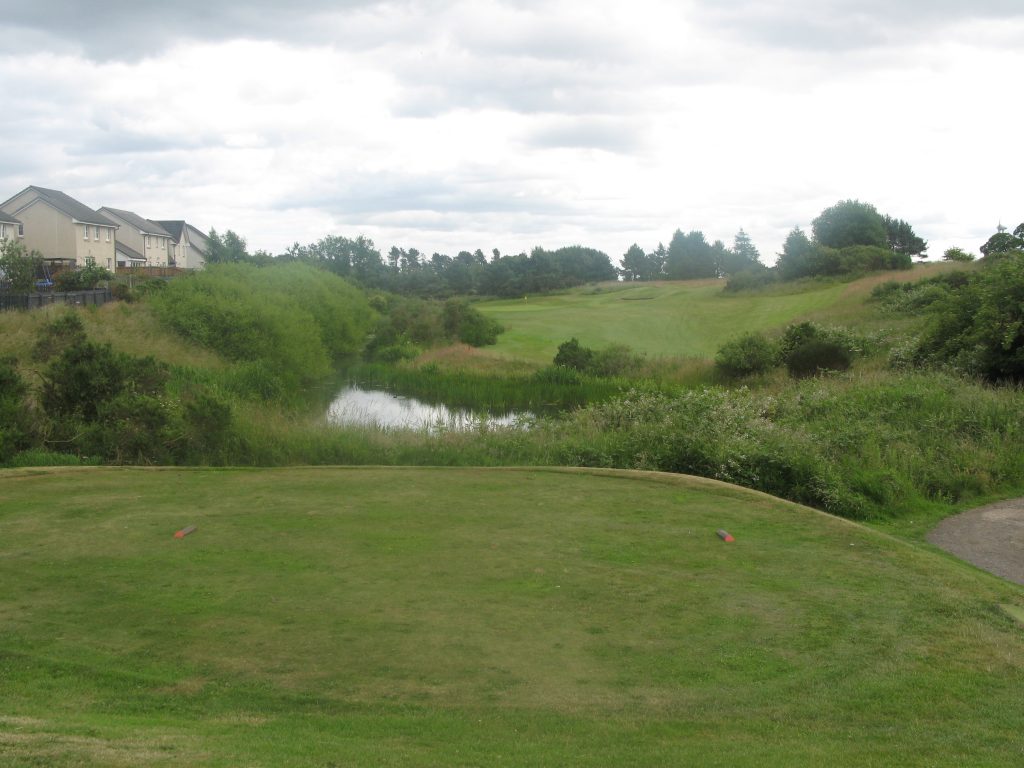
Look closely at the 20 years of Ballumbie Castle’s history and you uncover a repeated saga of dissolved companies or companies in administration and protracted housing development applications. The last point is the open secret, the land’s inherent value is in housing, not golf which is often a means to an end. The former dream of living in a golf development must be a bitter pill for those still housed overlooking the former Letham Grange course landscape. Ballumbie Castle Estate householders must wonder how long their golf course views will remain.
The course itself is laid out in 4 varying sized parcels of land around a small hill and housing access roads, with fairly long walks between the sections. There is a nice mix of holes, but the predominant feature is of dog-leg right par fours, with seven of them. Not great if you are a mid length fader of the ball, like most mid to high handicap right handers. Low handicap faders though must revel on this course.
Over the years, the course condition has declined steadily, matching the financial struggles of each management regime. Whereas the tees were previously pristine with great tee box markings, those days are long gone, with only one tee box marker (the 17th) being left from its glory days.
The greens and fairways were still okay, but the bunkers could have been better kept.
I played very well, shooting 82, the best I’ve done here, picking up birdies at the par three 4th and the par four 9th. But my decent round doesn’t deflect from the general ‘tired’ state of Ballumbie. If you get a good deal, through golfnow as I did, it’s worth playing, but there’s better value to be found nearby at the full price.
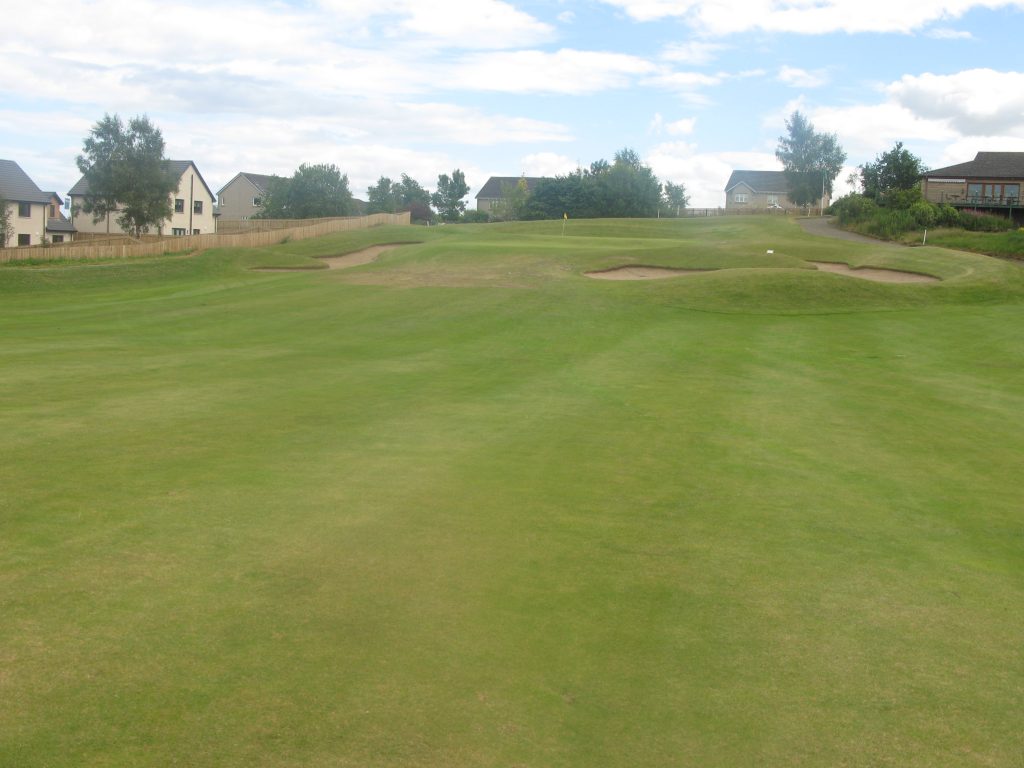
The current planning application for housing being debated will see several of the holes being replaced with housing, so it remains to be seen the golfing future of Ballumbie Castle.
Facts:
Course Type: Parkland
Par 69 (2 par 5s, 11 par 4s, 5 par 3s)
Distance (yellow): 5716 yards
Moly’s Gross score: 82


